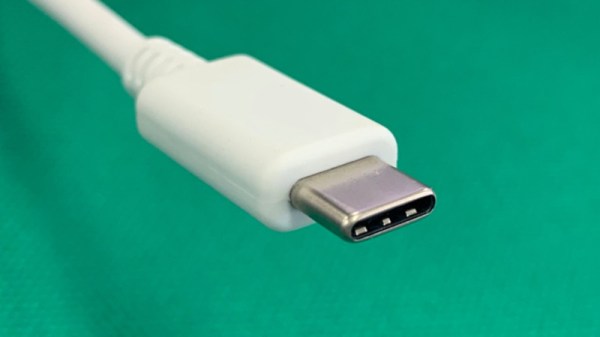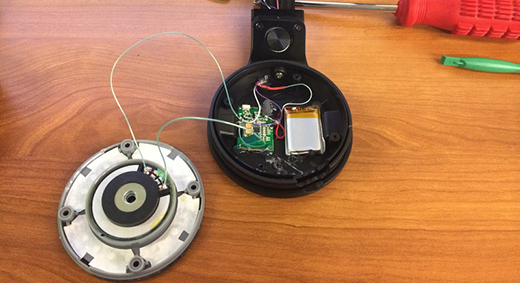As a general rule of thumb, anything that has some kind of display output and a processor more beefy than an early 90s budget PC can run Doom just fine. As [John] AKA [Nyan Satan] demonstrates in a recent video, this includes running the original Doom on an Apple Lightning to HDMI Adapter. These adapters were required after Apple moved to Lightning from the old 30-pin connector which had dedicated pins for HDMI output.
As the USB 2.0 link used with Lightning does not have the bandwidth for 1080p HDMI, compression was used, requiring a pretty beefy processor in the adapter. Some enterprising people at the time took a hacksaw to one of these adapters to see what’s inside them and figure out the cause of the visual artifacts. Inside is a 400 MHz ARM SoC made by Samsung lovingly named the S5L8747. The 256 MB of RAM is mounted on top of the package, supporting the RAM disk that the firmware is loaded into.
Although designed to only run the Apple-blessed firmware, these adapters are susceptible to the same Checkm8 bootROM exploit, which enables the running of custom code. [John] adapted this exploit to target this adapter, allowing this PoC Doom session to be started. As the link with the connected PC (or Mac) is simply USB 2.0, this presumably means that sending keyboard input and the like is also possible, though the details are somewhat scarce on this aspect.
Continue reading “Running Doom On An Apple Lightning To HDMI Adapter”














